When talking about ancient civilizations and their contributions to the modern world, it would be remiss not to mention perhaps the most fascinating civilization of them all—the ancient Egyptians. When you think of many different inventions (simple and complex) of today’s society, it’s likely that they have their roots in ancient Egypt. It’s an amazing fact that becomes more apparent as you look into Egyptian culture.
The Egyptians had a habit of being fiercely creative and innovative, constantly looking for newer and better ways to tackle various problems. It’s the reason why whenever you might research simple machines and various other inventions, many of their roots lie in Egypt. One of the best ways to expose yourself to the true splendor of ancient Egyptian culture is to look into their top achievements and inventions. Here’s a quick list showcasing some of the inventions Egypt became world-famous for pioneering.
Ancient Egyptian Red and Black Ink

Most of us know to use black ink on paper and use red ink to help highlight certain facts to make it easier to see or remember. It’s a common method for studying, and many students still use black and red ink for that specific purpose. Did you know that in ancient Egypt, so many years ago, the Egyptians did the same thing? They would use black ink for the main body of the text, and use red ink to make highlights.
It seems crazy when you think about how old of a practice it is, as many people still do the same thing today. They would use vegetable gum, soot and beeswax to make their black ink. They would then replace the soot with various other materials to write in different colors, though red and black were the most popular.
Papyrus
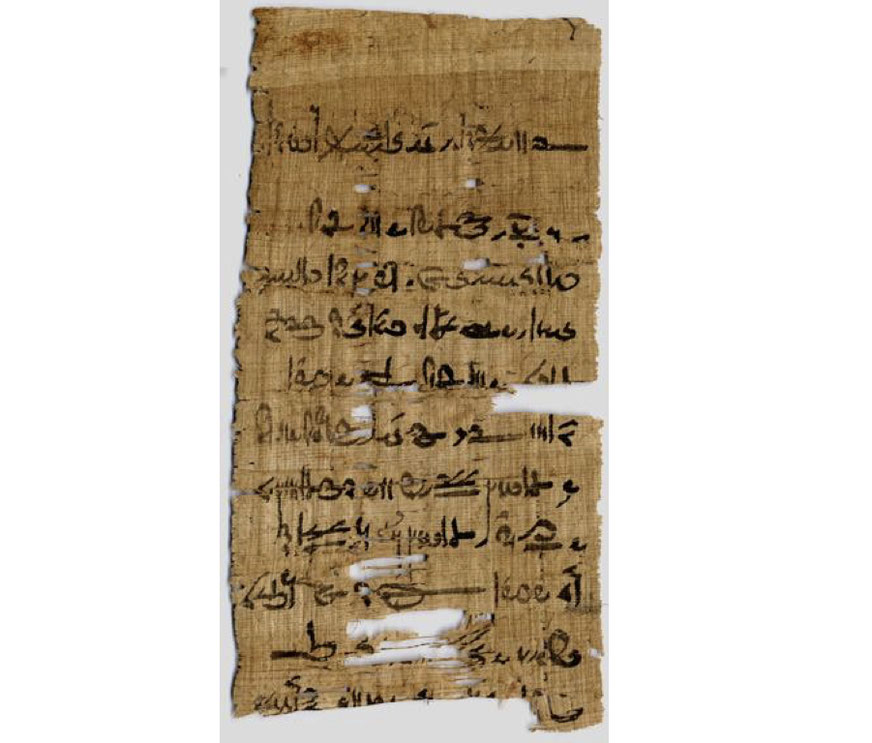
It’s understandable to think of paper as more of a modern invention than anything else. It takes quite a bit of innovation and effort to create various types of paper, but did you know that it got its start in ancient Egypt? Other civilizations before the Egyptians used animal leather, stone, clay, and many other materials to write. Only the Egyptians had the capability to develop papyrus sheets.
To put things into perspective, papyrus sheets became so important that it was the primary writing material for over three thousand years after its inception. Even today’s writing materials bear a strong resemblance to papyrus, which was why Egypt was known for its innovation and creativity. Somehow, Egypt was always able to develop ideal solutions for various situations.
The Concept of Irrigation
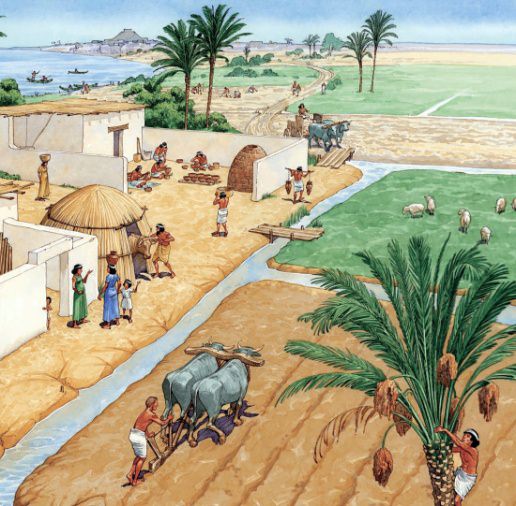
For an ancient civilization to get its start, the most crucial part is to build foundations close to a body of water. In the case of Egypt, it had one of the most vital bodies of water in the old world—the Nile. That said, only civilizations capable of fully harnessing water can realize their full potential. Egypt did so by digging a system of canals to help bring the water to distant fields. It seems like such a simple solution, but it was a revelation in the old days.
Egypt had a habit of developing simple solutions to potentially disastrous problems to great effect. With the concept of irrigation, they were able to fully expand their territory while at the same time managing the temper of the Nile, which had a tendency to flood. By mastering irrigation, the ancient Egyptians became one of the most advanced civilizations of the old world.
Clocks
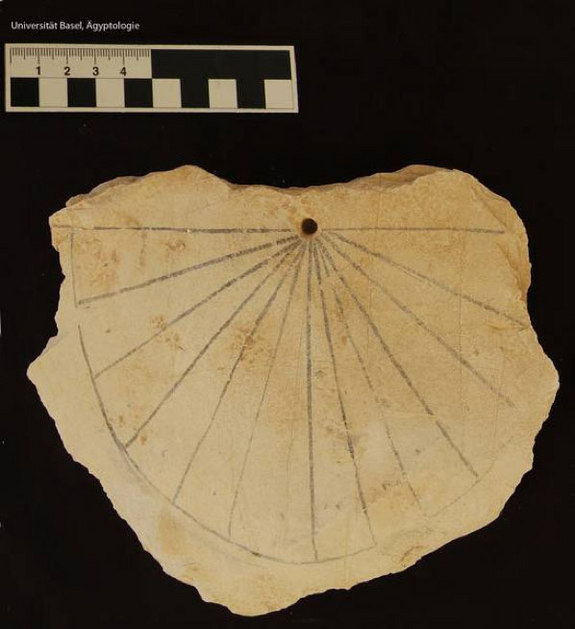
The concept of telling time existed before the ancient Egyptians, but the Egyptians wanted a much better way—and so they fashioned the original clocks. The first was the obelisk, which was used as a sun clock where they noted the time of day depending on the shadow the sun cast on the obelisk. With such an invention the Egyptians learned the longest and shortest days of the year.
While the obelisk was much more widely known, the Egyptians were also known for their water clock. In a way, the Egyptian water clock worked like an hourglass, where water would drip at a constant rate and tell time based on the markings. The ancient Egyptian priests were known to use these clocks to figure out the ideal time for their rituals.
The Ancient Egyptian Calendar
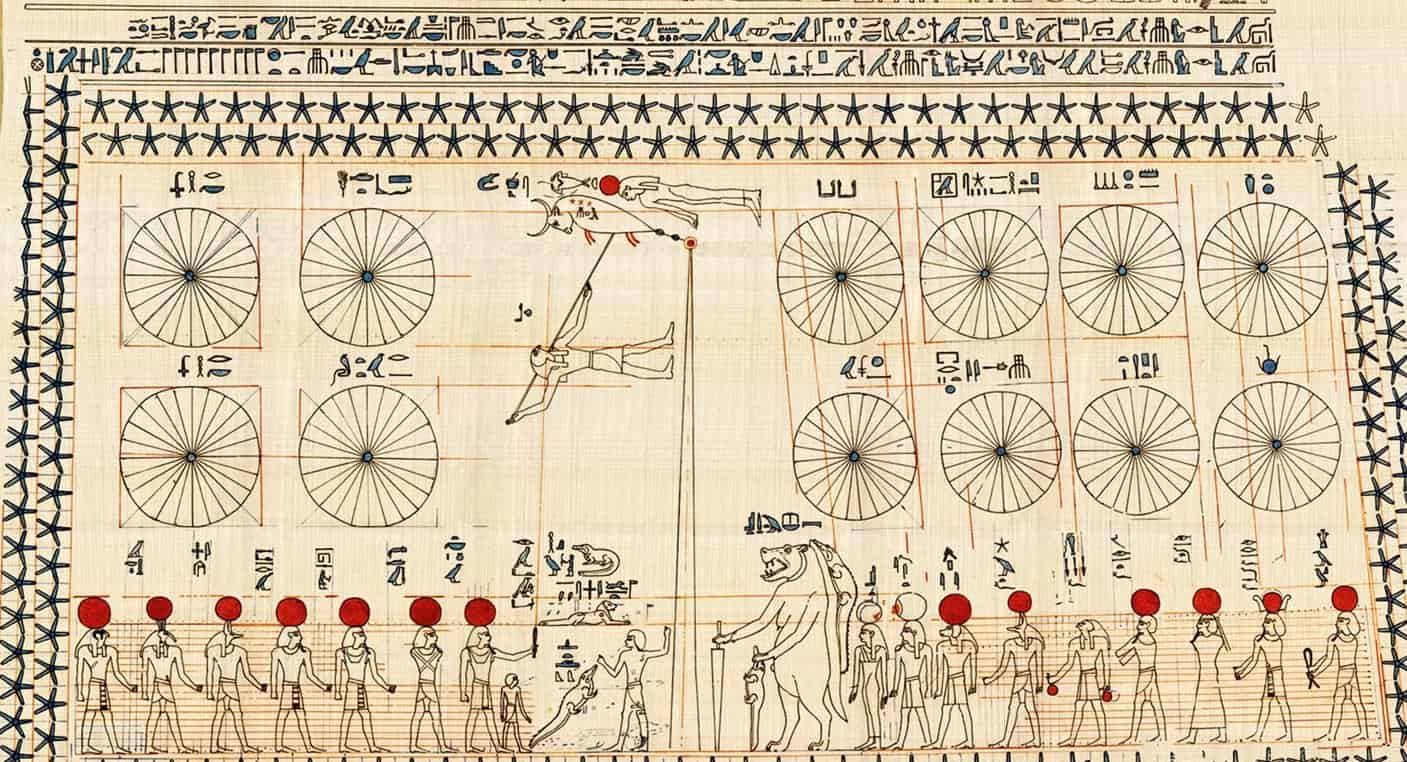
Time was an important concept for the ancient Egyptians, which was why they developed two types of clocks. However, they were also able to tell the days of the year thanks to the yearly appearance of Sirius—which they called the Dog Star—in the night sky. It might come as a surprise that the ancient Egyptian calendar had 365 days and 12 months in a year. It’s a surprisingly accurate measurement of time, especially with the additional 5 days of festivals they had at the end of the year.
That said, there was still about a day’s inaccuracy with the Egyptian calendar, which meant it would slowly but surely become more and more inaccurate with time. Eventually, Ptolemy III would rectify the issue by adding one extra day every four years. The Egyptians were surprisingly accurate and precise for such an ancient civilization.
Cosmetics (Makeup)

The ancient Egyptians were renowned not only for their prowess with technology and innovation, but also the beauty of their women. The ancient Egyptians were the pioneers of the cosmetics movement, developing the concept of makeup as early as 4000 BC. Similar to the process of developing black ink, they used soot with a lead mineral known as galena to create a black concoction used as eye makeup.
That said, the ancient Egyptians didn’t necessarily do it for beauty’s sake, though that was partly the reason. Both men and women used eye makeup because they believed the concoction was good for their eyes, and it protected them from various superstitious beliefs such as the Evil Eye.
Toothpaste

Did you know that the oldest known recipe of toothpaste comes from Egypt? One would think that toothpaste would be rather low on the priority list of anyone from an ancient civilization, as there were far more pressing matters. However, ancient Egypt is much closer to a modern civilization than most.
Even thousands of years into the past, people were already wondering how to develop perfectly white teeth. Not only did ancient Egypt have a recipe for toothpaste written on papyrus sheets, but they also had instructions for how to use the toothpaste. The ingredients included ox hooves, burnt eggshells, ashes, and pumice. Ancient Egypt is one of the few ancient civilizations with toothpaste.
The Ox-drawn Plow
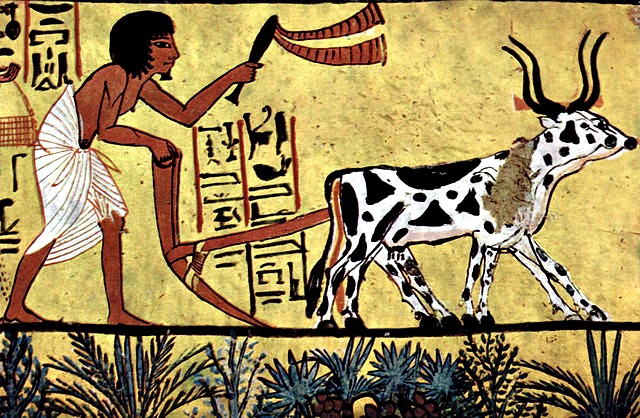
Ancient Egypt has a well-deserved reputation for being the pioneers of many modern solutions around the world today. With the concept of irrigation, the civilization showed that they were fully capable of delivering solutions to many different problems. They further reinforce such a fact with the ox-drawn plow, which revolutionized the world of agriculture. It was such a revelation that farmers of the modern age still use the exact same technique the Egyptians used for their land.
The earliest Egyptian plows were dated as far back as 2500 BC, showcasing just how innovative the ancient Egyptians truly were. The plows were made of bronze, ensuring that the farmers had an easy job plowing the field.
Surgical Instruments of Ancient Egypt

Plenty of people know mummification as one of the great achievements of ancient Egypt, though it does shed some light on other aspects of Egyptian medicine. For example, something as advanced as mummification means there’s much more to Egyptian medicine than meets the eye—as they were the pioneers of medical surgery.
The Edwin Smith Papyrus shows that the Egyptians pioneered surgery, as it describes 48 instances of surgical cases to chest, shoulders, neck, and head. It also includes the list of instruments used, and detailed instructions for suturing wounds. It seems so strange that something like this comes from an ancient civilization, when it sounds more like something out of our modern age.
The Pyramids
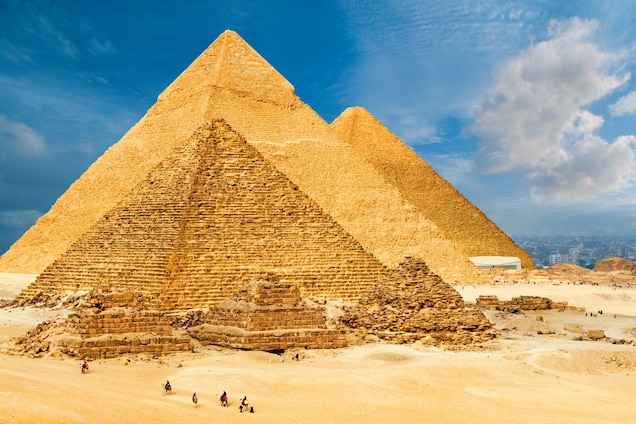
Have you ever heard of the show, Ancient Aliens? In many episodes, they reference the pyramids as potential proof that ancient aliens existed, and helped humanity with various technological marvels. You read that right—the ancient Egyptians developed something so advanced that some people believe it was impossible without the help of aliens. Such a thing puts into perspective the scale and scope of the ancient Egyptian pyramids.
The reason why the Egyptian pyramids are last on the list is because everyone knows the pyramids as the greatest innovation of the ancient civilization. It’s popular enough that the other achievements above better showcase the genius of ancient Egypt as a whole. That said, the pyramids are undoubtedly the crowning achievement of ancient Egypt.